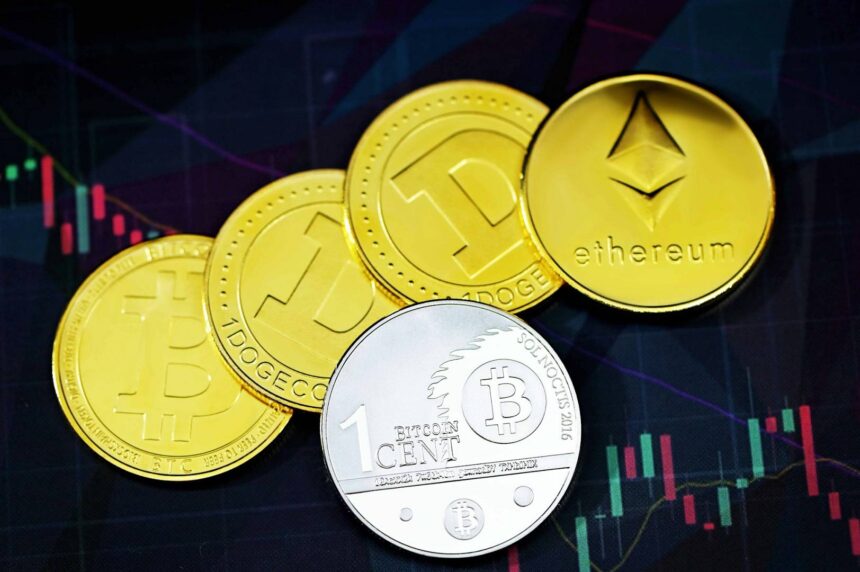When it comes to evaluating the long-term potential of a cryptocurrency, most investors look at price, trading volume, or market capitalization.
Yet one of the most reliable indicators of a project’s health and sustainability lies beneath the surface: developer activity. It is the developers—those constantly improving code, fixing bugs, and implementing new features—who ultimately determine whether a cryptocurrency thrives or fades away. In a world where thousands of tokens are launched and forgotten, developer engagement is what separates enduring ecosystems from speculative experiments.
Developer activity refers to the level of ongoing technical work within a blockchain project. It can be measured through metrics such as GitHub commits, code merges, protocol updates, and network upgrades. Projects with consistent and transparent development cycles demonstrate not only innovation but also resilience. The top 100 cryptocurrencies by developer activity typically feature strong open-source communities, frequent software releases, and a clear roadmap that evolves over time.
At the top of nearly every list stands Ethereum. As the foundation for decentralized applications (dApps), decentralized finance (DeFi), and NFTs, Ethereum continues to attract thousands of active developers from around the world. Its open-source ecosystem has spawned countless tools, frameworks, and protocols that expand its functionality. Since “The Merge,” Ethereum’s transition to proof-of-stake has shifted the network’s focus toward scalability, energy efficiency, and Layer 2 expansion. The introduction of rollups and sharding solutions has also inspired a surge in innovation, keeping Ethereum at the core of blockchain development.
Polkadot is another standout when it comes to developer activity. Its unique multi-chain architecture allows independent blockchains to connect and share data through parachains. This design has sparked the creation of a large developer network dedicated to building interoperable blockchain solutions. Polkadot’s development community has been among the most consistent in the industry, often ranking second only to Ethereum in code contributions. Substrate, the framework that underpins Polkadot, has made it easier for developers to build customizable blockchains without starting from scratch.
Cardano, despite its measured approach, also remains one of the most active projects in terms of developer engagement. Built on a foundation of peer-reviewed academic research, Cardano emphasizes security and scalability. Its development team, Input Output Global (IOG), continues to push forward with upgrades that bring smart contract functionality and interoperability to the network. Cardano’s GitHub repositories are among the busiest in the crypto world, a reflection of its methodical yet relentless pace of progress.
Solana and Avalanche, two of the leading high-performance blockchains, are also seeing increased developer momentum. Solana’s focus on speed and scalability has made it a preferred platform for DeFi, gaming, and NFTs, while Avalanche’s subnet architecture allows developers to create custom blockchain networks optimized for specific use cases. Both projects have expanded their ecosystems through grants and partnerships, fueling a wave of innovation that keeps their developer communities active and engaged.
Cosmos, known as the “Internet of Blockchains,” has also built a loyal following among developers. Its Inter-Blockchain Communication (IBC) protocol enables seamless data exchange between different blockchains—a critical advancement for the future of Web3. Developer activity on Cosmos is thriving as more teams build interoperable applications that extend across multiple networks. Similarly, projects like Near Protocol and Algorand continue to attract developers interested in building scalable and efficient decentralized solutions.
Chainlink, the leading oracle network, demonstrates that developer activity is not limited to Layer 1 blockchains. Its technology connects smart contracts to real-world data, and its development team continuously expands its capabilities through updates like the Cross-Chain Interoperability Protocol (CCIP). Chainlink’s oracles are now integrated into hundreds of projects across multiple chains, showcasing the importance of consistent, behind-the-scenes technical work.
Beyond the well-known names, there are emerging projects within the top 100 that are quietly gaining ground through robust developer communities. Protocols like Aptos, Sui, and Starknet are pushing boundaries in scalability and security, leveraging advanced programming models and zero-knowledge proofs to redefine what’s possible in blockchain computation. Their early commitment to developer engagement has already set them apart as potential long-term players.
One of the most striking trends among the top 100 cryptocurrencies by developer activity is the shift toward interoperability and cross-chain communication. Developers are no longer focused solely on building isolated networks; they’re designing ecosystems that interact and share data seamlessly. This movement is driving a new era of collaboration in crypto, where projects borrow ideas, exchange technology, and contribute to shared progress.
The importance of developer activity extends far beyond code commits—it reflects vision, persistence, and adaptability. Projects that maintain strong technical foundations tend to weather market volatility better because their value is built on substance, not speculation. In contrast, coins with little to no ongoing development often vanish once hype fades. For investors and enthusiasts, tracking developer activity offers a deeper, more reliable insight into which projects are truly building for the future.
In the end, the most promising cryptocurrencies are those that never stop evolving. Whether it’s Ethereum refining scalability, Polkadot enhancing interoperability, or new blockchains exploring groundbreaking cryptography, developer activity remains the lifeblood of innovation in the crypto space. The top 100 projects leading in this area are not just writing code—they are writing the next chapter of decentralized technology.
